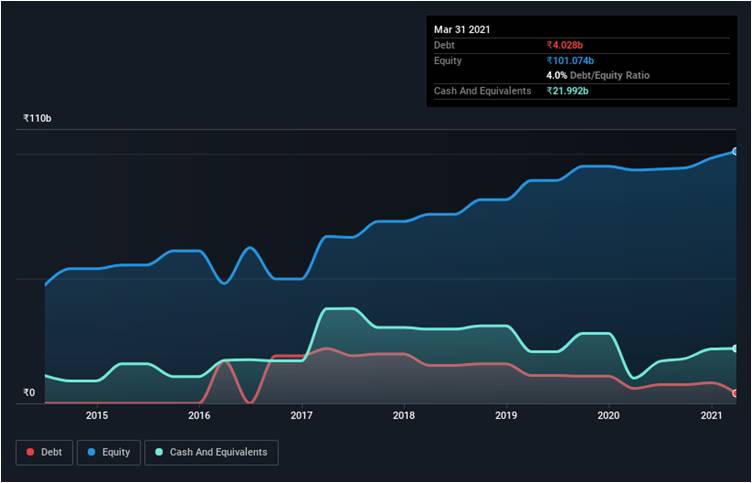Zee Entertainment Enterprises Ltd (ZEEL) on Wednesday (September 22) signed a merger deal with Japan’s Sony Pictures Networks India Private Limited (SPNI), making it one of the biggest entertainment media deals in Indian history. After the merger, Sony Pictures will hold 53% while ZEEL will hold 47% of the total shareholding.
According to a regulatory filing by the media company to the stock exchanges, Sony Pictures will also infuse $1.57 billion (Rs 11,000 crore) into the merged company.
Massive News 👇
🚨 Zee Entertainment approves execution of a non-binding termsheet with Sony Pictures Networks India Private 🚨
🤝 Potential merger with Sony 🤝 #StocksToWatch #StockMarket #Nifty pic.twitter.com/Y1bJNNjmoQ
— Nigel D'Souza (@Nigel__DSouza) September 22, 2021
90-days transition period
In a statement released after the merger, the Zee Group remarked that its board had evaluated the merger not only on financial parameters but also on the strategic value which Sony brings to the table. The board concluded that the merger will be in the best interest of all the shareholders & stakeholders
As part of the transaction, Punit Goenka will continue to be the managing director and chief executive of the merged entity. However, Sony Group will have the right to appoint majority directors on the board of the merged company, owing to its larger stake in the shareholding.
Reportedly, there will be a 90-days transition period during which ZEEL and SPNI will conduct mutual diligence and finalize a definitive agreement. The merged entity will be a publicly listed company in India.
A mutually beneficial deal
The merger is a mutually beneficial deal for both parties. While it helps Zee to clear the slate of mounting debts, it simultaneously helps Sony to penetrate the Indian market even further using Zee’s strong expertise in content creation and its deep consumer connect established over the last 3 decades.
Zee offers content ranging from movies to music and is also involved in the theatre business. It has a presence in 173 countries and is among the largest global content companies across genres, languages, and platforms. Meanwhile, Sony’s Indian unit has several channels including Sony Entertainment TV. It has over 700 million viewers in India and is available in 167 countries.
Sony has a big foothold in the sports industry with its sporting channels recently broadcasting UEFA Champions League, Bundesliga, Copa America, Euro 2020, the Indian cricket team’s tour to SENA nations and Australian open.
Zee group cleaning the slate
As of March 2021, ZEEL had debt amounting to Rs 3.17 billion. However, it also had Rs 22.0 billion in cash to offset that – meaning it had Rs 18.8 billion in net cash. While the significant net cash meant that the group did not have a heavy debt load, the investors remained wary of the debt accumulated.

The rising debts were one of the reasons that Zee’s stock prices took a tumbling when in 2019, former Chairman Subhash Chandra admitted to defaulting on payments. At the time it was reported that Chandra might sell half of his stake to a group of companies led by US media giant Comcast.
However, Zee continued to work under the radar, and in August this year, Chandra announced that 91 percent of overall debt had been paid.
He said, “I am happy to report that we have come out of the financial stress situation by settling 91.2% of our total debt to 43 lenders in 110 accounts. 88.3% amount has been paid, while the remaining 2.9% is in the process of being paid. We are making all the required efforts to settle the remaining 8.8% of our total debt,”
As reported by TFI, Zee was among the most profitable and professionally run companies. However, the investments of the Zee group in the infrastructure market went truly south due to the collapse of IL&FS. The banks tightened lending norms after the collapse of the IL&FS Group and this led to a massive crisis in the NBFC market. As the investment of the Zee group was exposed to NBFCs, it led to a sharp decline in the share prices of the Zee group.
Even Chandra had pointed out the accumulation of debt to the collapse of IL&FS, “I had admitted the wrong decisions taken by me in the past which caused the occurrence of the default, due to the asset-liability mismatch. Goes without saying, that it was an after-effect of the liquidity crisis triggered by the IL&FS (Infrastructure Leasing & Financial Services) case,”
Also read: ZEE Group’s Subhash Chandra gives personal guarantee to mutual funds
After announcing the default on payments, Subhash Chandra rather optimistically had given a personal guarantee to the lenders to soothe the investors. The developments in the last few months and now the merger with Sony have sent a strong message to investors and the shareholders.
As a result, at the time of publishing the article, ZEE Entertainment’s stock price breached the upper circuit by surging over 30% in the stock market.
Reportedly, ace investor Rakesh Jhunjhunwala through his Rare Enterprises had bought 50 lakh shares of ZEEL at Rs 220.44 per share in bulk deals, smelling an opportunity of massive returns. And within 8 days, he has made a profit worth Rs 50 crores – a lesson for know-nothing investors as well to seek such opportunities to reap instant rewards. With the merger, it would be exciting to see the roster of programmes put out by the new entity.































